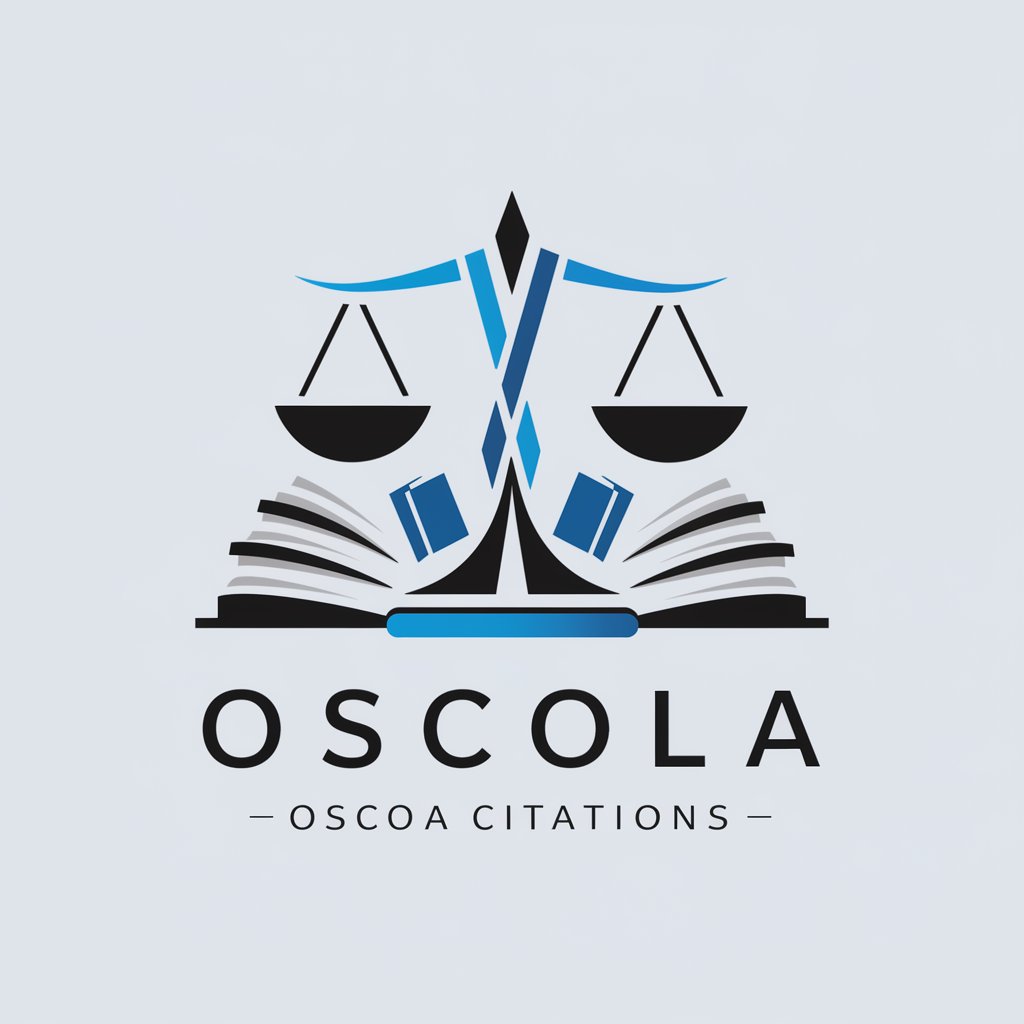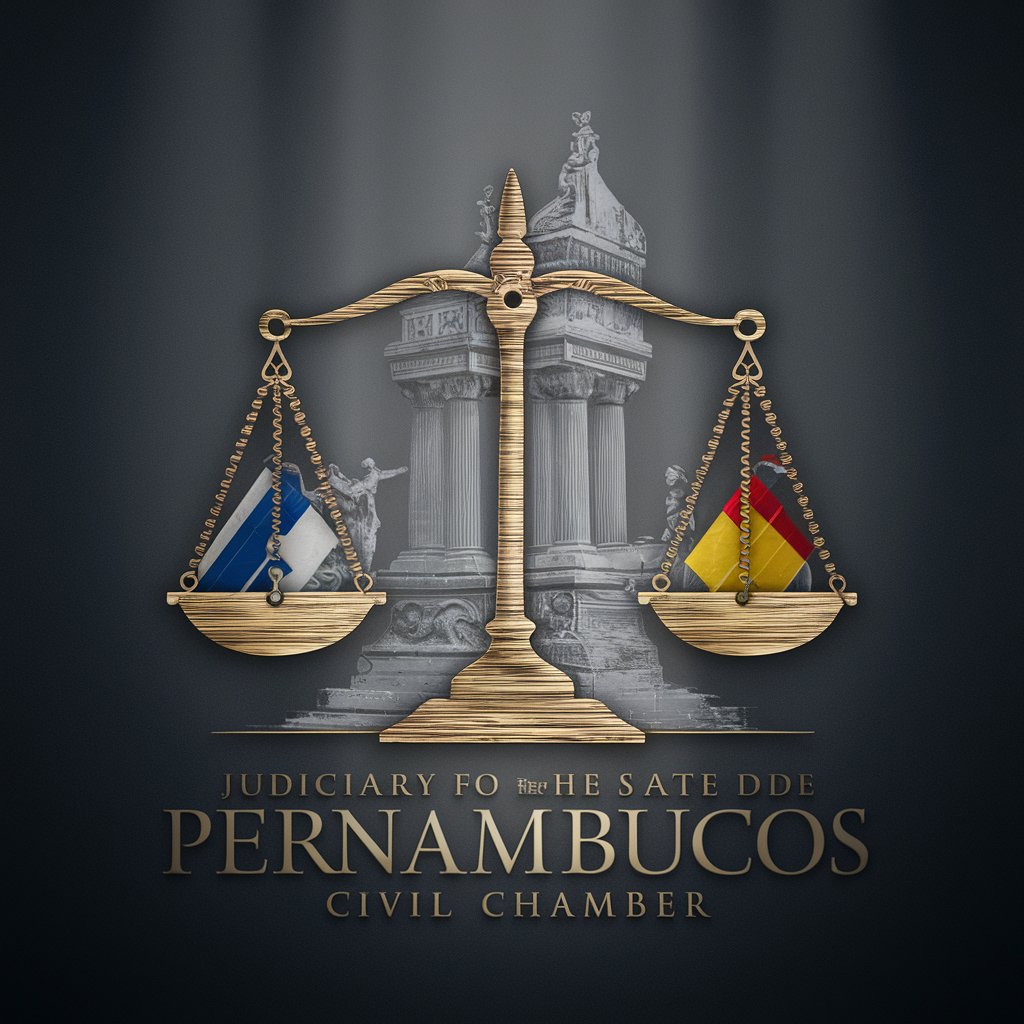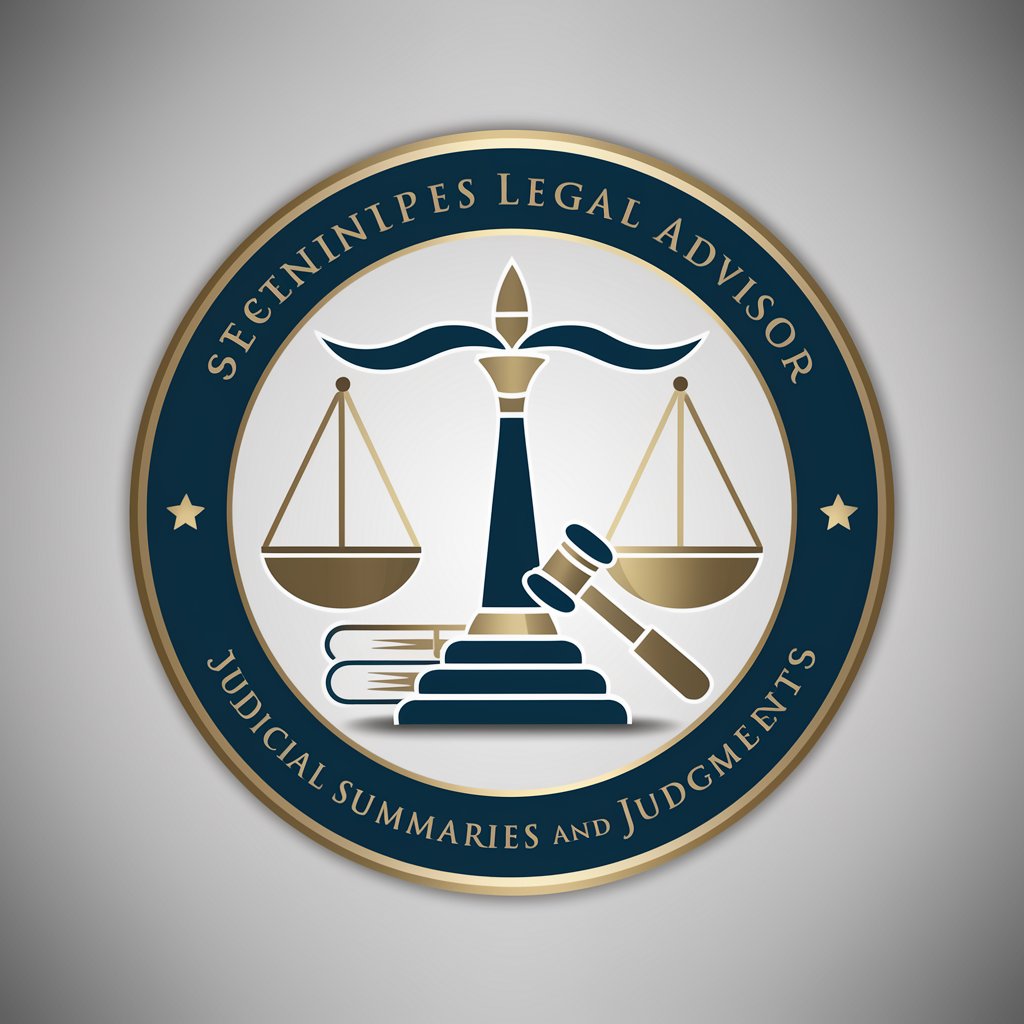
OSCOLA Citation-OSCOLA citation generator tool
AI-powered legal citations made simple

OSCOLA citation guide & generator
How do I cite a case in OSCOLA?
Generate a statute citation.
Cite this journal article for me.
What's the format for citing books?
Get Embed Code
What is OSCOLA Citation?
The Oxford Standard for the Citation of Legal Authorities (OSCOLA) is a widely recognized citation system used in UK legal writing. Originally developed in 2000 by Professor Peter Birks at the University of Oxford, OSCOLA was designed to standardize the citation of legal materials to promote clarity, consistency, and reader accessibility in academic and professional legal documents. OSCOLA is a 'footnote-style' referencing system, meaning all citations appear in numbered footnotes at the bottom of each page. Unlike Harvard or APA styles, OSCOLA does not use in-text citations. The guiding principles of OSCOLA are: 1. **Consistency**: Each type of legal authority—cases, statutes, books, etc.—is cited according to a fixed format. 2. **Consideration for the reader**: By standardizing citations and minimizing punctuation, OSCOLA helps readers quickly identify sources without distraction. **Example**: A case citation like: ``` Donoghue v Stevenson [1932] AC 562 (HL) ``` …provides the party names, year, law report abbreviation (Appeal Cases), page number, and court. **Scenario**: A student writing a dissertation on tort law uses OSCOLA to cite foundationalOSCOLA Citation Overview cases and academic commentary. The clarity of footnotes allows examiners to easily verify sources, enhancing the academic credibility of the work.
Key Functions and Applications of OSCOLA Citation
Citing Legal Cases
Example
R (Miller) v Prime Minister [2019] UKSC 41 [45]
Scenario
A law student writing a constitutional law essay refers to a key Supreme Court decision and pinpoints paragraph 45 of the judgment. OSCOLA ensures precise citation so the reader can locate the exact source in full context.
Citing Legislation and Statutory Instruments
Example
Human Rights Act 1998 s 6(1)
Scenario
A solicitor preparing a legal opinion includes relevant statutory provisions. OSCOLA allows them to reference the Act and the specific subsection being interpreted, offering readers clarity and specificity.
Citing Secondary Sources (Books, Journals, Websites)
Example
Andrew Ashworth, Principles of Criminal Law (6th edn, OUP 2009) 68
Scenario
An academic referencing Ashworth's theoretical analysis in a journal article uses OSCOLA to provide full bibliographic detail, supporting scholarly integrity and traceability.
Primary User Groups of OSCOLA Citation
Law Students and Researchers
Students at undergraduate and postgraduate levels—especially in UK law schools—are expected to use OSCOLA in essays, dissertations, and theses. The system ensures that their references to cases, statutes, and commentary are academically robust and properly structured.
Legal Academics and Journal Editors
University faculty and legal researchers use OSCOLA for consistency in scholarly publications. Many UK legal journals mandate OSCOLA, and editorial boards rely on it to maintain uniform citation standards across submissions.
How to Use OSCOLA Citation in 5 Steps
1. Start at aichatonline.org
Visit aichatonline.org for a free trial—no login or ChatGPT Plus required. This platform provides instant OSCOLA citation generation and other legal referencing tools.
2. Identify Your Source Type
Determine whether you're citing a case, statute, book, journal article, website, or other source. OSCOLA has specific formatting rules for each source type.
3. Gather Complete Citation Details
Ensure you have all necessary information: party names and neutral citation for cases, full titles and section numbers for legislation, author names and publication details for books and articles.
4. Apply the OSCOLA Format
Use the specific format rules from the OSCOLA 4th Edition guide. For example, cases are cited as 'Case Name [Year] Court Code Case Number [Year] Volume Report Series Page'. Use footnotes, not in-text citations.
5. Use Pinpoints and Cross-References
Include paragraph numbers in square brackets for judgments and page numbers for secondary sources. Use ibid or short forms forOSCOLA Citation Guide repeated citations, ensuring clarity and consistency throughout.
Try other advanced and practical GPTs
Gerador de Flashcards (Anki) - Perg | Resp | Extra
AI-powered flashcards from any content

LangGraph Wizard
Build intelligent agents with AI-powered workflows

FOOCUS PROMPT ENGINEER
AI-crafted prompts for stunning visuals

Business Consultant - From Strategy to Processes
AI-powered insights from strategy to systems

NGINX
AI-powered NGINX configuration made easy

DevExpress Helper
AI-powered DevExpress problem-solving tool.

Business Analyst Agent (BRD)
AI-powered Business Requirements Made Easy

Analyze Your DNA Genetic Data Insight Explorer
AI-powered genetic data explorer for health, traits, and more.

C.AI GPT
AI-powered answers for real-world tasks
Ollama Helper
AI-powered expert assistant for Ollama.

💻 Professional Coder by awesome-prompts
AI-powered coding partner for complex tasks

Zabbix Guru
AI-Powered Zabbix Assistant for Monitoring Mastery

- Academic Writing
- Legal Research
- Law Essays
- Case Citations
- Footnote Formatting
Frequently Asked Questions about OSCOLA Citation
What types of sources can OSCOLA cite?
OSCOLA covers a wide range of legal materials: UK cases, statutes, statutory instruments, EU law, ECHR decisions, books, journal articles, websites, blogs, and government publications like command papers and Law Commission reports.
Do I need to use footnotes with OSCOLA?
Yes, OSCOLA is a footnote-based system. All citations must appear in footnotes, with a full stop at the end. Do not use in-text citations like APA or MLA styles.
How do I cite a case without a neutral citation?
If no neutral citation is available, cite the law report followed by the court in brackets. For example: Page v Smith [1996] AC 155 (HL). Use the best available report series, prioritizing the Law Reports over others.
Can I cite the same source more than once?
Yes, use 'ibid' if the citation immediately follows the previous one, or use a short form like 'Stevens (n 2)' if referring to a source cited in an earlier footnote. Always ensure clarity for the reader.
What if my source isn’t in the OSCOLA guide?
Follow the general OSCOLA principles: maintain consistency, clarity, and minimal punctuation. Format your citation similarly to the most comparable source type and explain any unconventional formats in a footnote if necessary.






